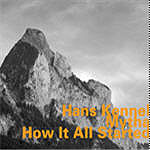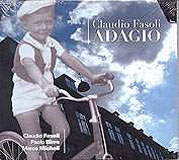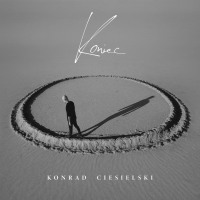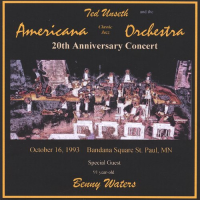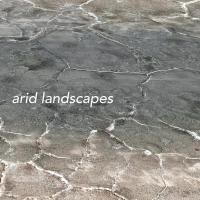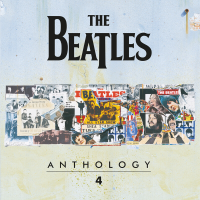Home » Jazz Articles » Album Review » Mytha: How It All Started
Mytha: How It All Started
But appearances can be deceptive. Although limited in range (there are no valves or keys), the alphorn produces a surprisingly soft and mellifluous tone—another mountain long horn, the Tibetan dung, made of copper, produces an altogether rougher, harsher sound—and, when played by a virtuoso, the alphorn is remarkably nimble.
Brahms and Leopold Mozart both wrote for the instrument, but Mytha seems to be the first jazz band to feature it. The group was founded by the Swiss free improv and third steam trumpeter Hans Kennel in 1990 to celebrate the alphorn's legacy and, by the by, bring it into the jazz tradition. There are five players, four of whom double on the buchel, another long horn, but with a coiled construction, giving it greater range than its larger cousin. How It All Started is a compilation taken from Mytha (HATart, 1991) and Mytha Two (HATart, 1994).
Surprisingly perhaps, How It All Started contains enough variety and emotional range to engage the listener from start to finish, even with a playing time of almost eighty minutes. Some of the tunes are traditionally based; others owe more to jazz or third stream. "Call Of The Wild" is performed on parts of the dismantled horns. "Alphorn Of Plenty" is a canon written for Mytha by the American composer and street performer Moondog, during his final years in Europe. "Alpine Shuffle" and "Cart Dance" are foursquare in the jazz tradition. "Love" is just that, a blissful, healing tune. Polyphony is a near constant, with Kennel, who wrote most of the tunes, typically arranging for horns in several different keys. "Circle 111" is a ten-minute tour de force built on a deep bass drone, played by sixteen horns in four pitches.
The alphorn is unlikely to become a staple of the jazz line-up. But How It All Started—intriguing, inventive and sui generis—will reward listeners intrepid enough to give it a chance.
Track Listing
Circle 1; Mytha Fun; Waves And Whales; Call Of The Wild; Chuehreiheli; Alpine Clave; Muotataler; Alpine Shuffle; Unterwaldner; Habaringani; Circle 111; Alphorn Of Plenty; Fir Ych Vier; Cart Dance; Love; Snobben; Peace; Us Em Tal; Uf Em Jolimont.
Personnel
Mytha
band / ensemble / orchestraHans Kennel: alphorns, buchel, flugelhorn, voice; Carlos Baumann: alphorns, buchel, voice; Marcel Huonder: alphorns, buchel, voice; Bill Holden: alphorns, buchel, voice (1-12); Stefan Schlegel: alphorns (11-19); Jean-Jacques Pedretti: alphorns, buchel (11, 12); Hans Hurlimann: alphorns, buchel (11, 12); Richard Hager: alphorns, buchel (11, 12); Hans- Peter Haas: alphorns, buchel (11, 12); Markus Eichenberger: alphorns, buchel (11, 12); Robert Morgenthaler: alphorns, buchel (11, 12); Heinz Della Torre: alphorns, buchel (11, 12); Peter Schmid: alphorns, buchel (11, 12); Willy Waller: alphorns, buchel (11, 12); Urs Koller: alphorns, buchel (11, 12); Jurg Schneider: alphorns, buchel (11, 12).
Album information
Title: How It All Started | Year Released: 2007 | Record Label: Hat Hut Records
Tags
PREVIOUS / NEXT
Support All About Jazz
 All About Jazz has been a pillar of jazz since 1995, championing it as an art form and, more importantly, supporting the musicians who make it. Our enduring commitment has made "AAJ" one of the most culturally important websites of its kind, read by hundreds of thousands of fans, musicians and industry figures every month.
All About Jazz has been a pillar of jazz since 1995, championing it as an art form and, more importantly, supporting the musicians who make it. Our enduring commitment has made "AAJ" one of the most culturally important websites of its kind, read by hundreds of thousands of fans, musicians and industry figures every month.


